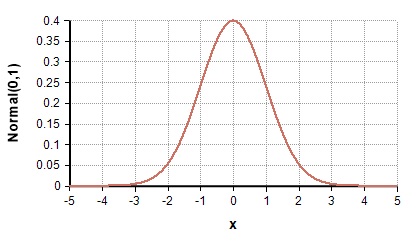
TL;DR
Measurement in software testing is essential but hard. Measurement errors are one of the reasons why measurement is hard. The post is aligned with the Black Box Software Testing Foundations course (BBST) designed by Rebecca Fiedler, Cem Kaner, and James Bach.
Humans are error machines. While doing work, we make mistakes that are not deliberate. When we read measured value from the instrument scale, every time we would read a slightly different amount. Or measurement instrument would provide measurement error because of its imperfections. The distribution of measurement errors is Gaussian (usually called Normal distribution).

In the picture above, let’s assume that we made measurements without error in most cases. This is on the x-axis 0 errorvalue. The normal distribution of measurement error proves that we create almost the same number of measurements that are above and below the correct amount. This makes Normal distribution symmetric around zero errors. Also, we make fewer significant errors (further away from zero). This proves that we are not so bad in reading measured value.
Remember the proverb:
Measure twice, cut once.


